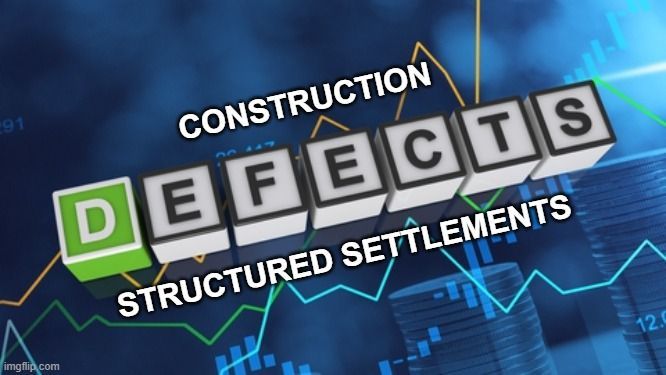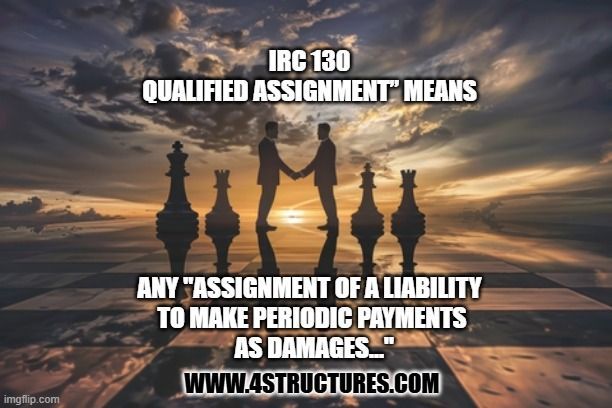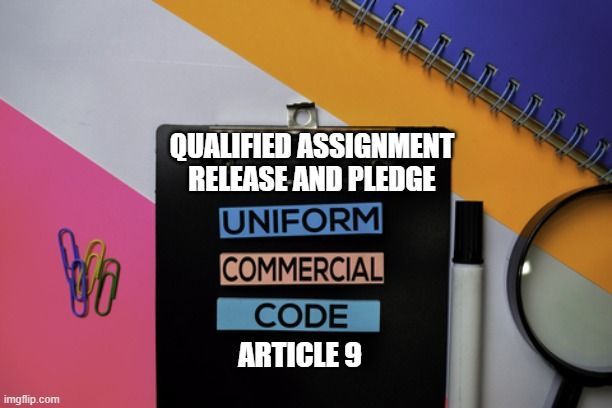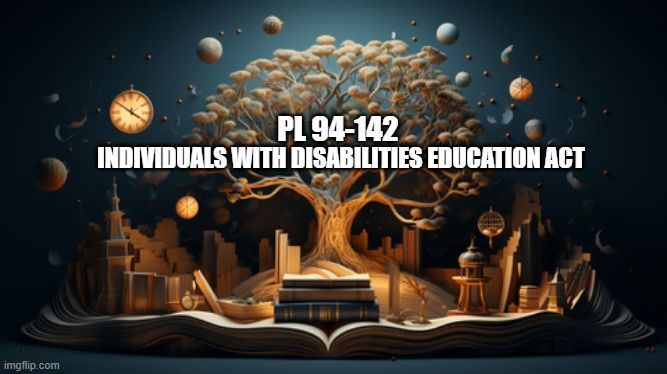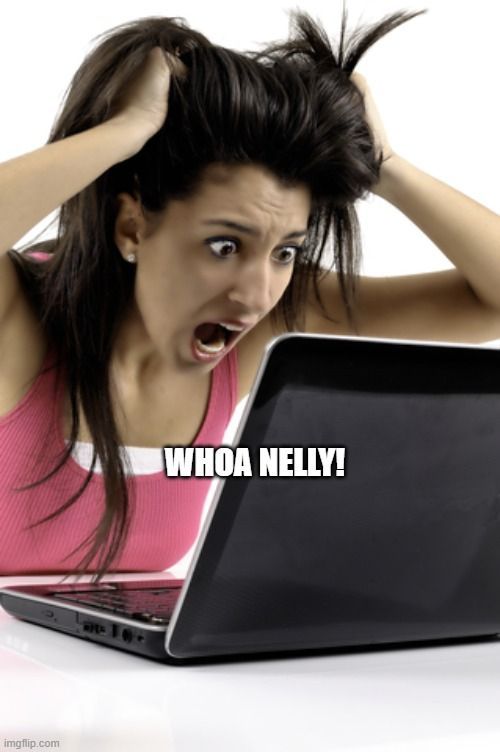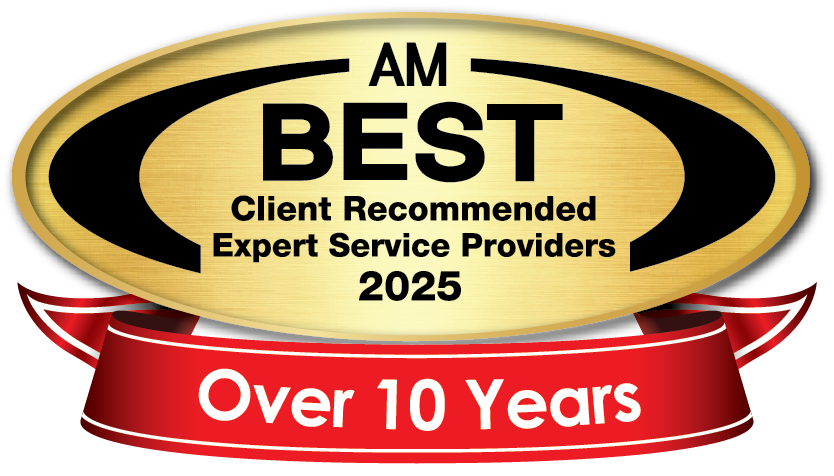Construction Defect Structured Settlements
Careful Settlement Planning and Documentation Essential
What is a Construction Defect?
Where a product defect or failure causes a construction defect and that defect causes personal injury or property damage, the product manufacturer will be liable in tort for the resulting harm.
A construction defect is any physical condition that reduces the value of a structure or endangers the health or safety of its occupants, that is a result of a flaw in design, materials, or workmanship, and that is not the result of normal aging or wear and tear. Source: Justia
Examples of Construction Defects
Examples can include new construction with water intrusion, faulty drains, cracks in the foundation, or settlement problems caused by inadequate grading and drainage. Since a typical construction project involves multiple contractors, including architects, carpenters, excavators, electricians, and plumbers, and it involves materials from many different manufacturers, defects are not unusual. Identifying the source and cause of a problem can be difficult and may require the services of a building professional. Source: Ibid.
Use of Structured Settlements in Construction Defect Settlements
Structured settlements have obvious potential where construction defects lead to a catastrophe and personal physical injury, physical sickness, or loss of life. In addition, structured settlements may be helpful to plaintiffs who wish to spread out basis, smooth out capital gains or income
An understanding of the nuances of construction defect cases, the exercise of careful settlement planning and documentation, is essential when contemplating the use of structured settlements in construction defect cases.
How Do Structured Settlement Annuity Issuers Report Payments with Construction Defect Structured Settlements?
At least one structured settlement annuity issuer that advertises construction defect cases as a potential for placement of its structured settlement annuities, will issue a Form 1099-Misc. for the full amount of payments it makes to plaintiffs/payees (without regard or provision to the basis of the plaintiff tax payer that may be reflected in settlement documents and the intentions of the settling parties).
This means that a plaintiff contemplating using a structured settlement annuity solution in such cases should retain the services of a CPA or tax counsel who is knowledgable about construction defects and accounting for loss-in-value of property, who is capable of properly addressing the potential mismatch in the reporting to the IRS by the annuity issuer and what is on the plaintiff's tax return.
Consider what the IRS says about Loss-in-value of Property Settlements:
"Loss-in-value of property ‧ Property settlements for loss in value of property that are less than the adjusted basis of your property are not taxable and generally do not need to be reported on your tax return. However, you must reduce your basis in the property by the amount of the settlement"
Source: IRS publication 4345 Publication 4345 (Rev. 9-2023) (irs.gov)
Consider What the IRS says about Intent of the Parties
"In some cases, a tax provision in the settlement agreement characterizing the payment can result in their exclusion from taxable income. The IRS is reluctant to override the intent of the parties. If the settlement agreement is silent as to whether the damages are taxable, the IRS will look to the intent of the payor to characterize the payments and determine the Form 1099 reporting requirements"
Source: Tax Implications of Settlements and Judgments Rev. 10-16-2023 Internal Revenue Service (irs.gov)
Call Now to Discuss Construction Defect Structured Settlement Planning
Call Now for Construction Defect Structured Settlement Quotes
Other References
FAQ What Are Some Accounting and Tax Issues Related to Construction Defect Settlements?
"Compensatory damages (amounts received for actual damages) - These amounts are generally excluded from tax as they are considered to be a return of capital, to the extent of the bases of the underlying assets. If there is any excess, the association will have taxable gain. However, if the excess funds can be used for other capital purposes the gain can be eliminated. Deductible capital expenses include the attorney fees and legal costs associated with the lawsuit. The tax cases on record state that the funds are set aside into a separate bank account and not commingled with operating funds." Source: Newman CPA Carlsbad CA, hoacpa.com
Last updated March 14, 2025
#lossinvaluepropertysettlement #constructiondefectcase #constructiondefectsettlement #constructiondefectstructuredsettlement #intentofparties #intentofpayor
